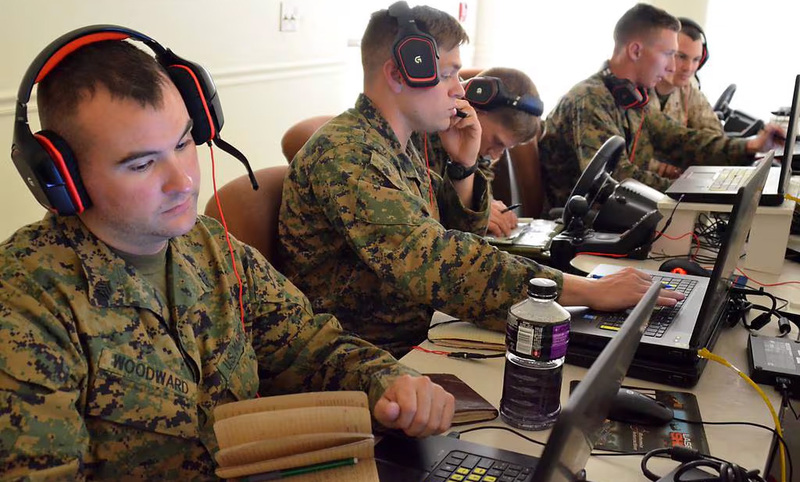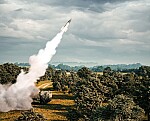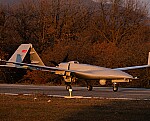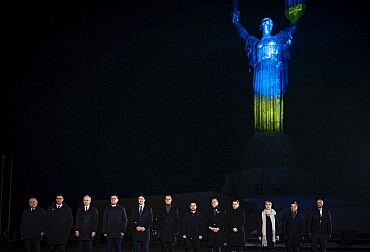The use of "constructive wargaming" in the process of optimizing tactical activities
Scientific and technological progress is advancing at an unprecedented pace, opening up new dimensions of possibilities and process quality that were previously unimaginable. This fact has been greatly assisted for over a decade by dynamic developments in the field of artificial intelligence (AI) and related domains, where the military domain represents a significant application potential, and this fact regarding the key impact of AI in dominating the 21st century battlefield was foreseen as early as the 1980s.

However, the pace of AI implementation, even in modern militaries, has been very conservative until recently, and it was only the deteriorating security situation brought on by the escalating conflict in Ukraine that caused a significant acceleration. Although NATO started to look more seriously at areas such as AI and autonomous weapon systems as early as 2013, "official" changes in the setting of lines of effort to ensure NATO's operational effectiveness in confronting potential adversaries on the future battlefield came only in 2018.
One of the key elements on the battlefield, in addition to technological superiority in the quality and quantity of combat (and other) assets, is the Command and Control (C2) domain, which is intended to maximise the effectiveness of the use of forces through "optimal management" in the current operational and tactical conditions, with the development and use of AI and other advanced tools playing a key role. The above mentioned topic is loosely related to the previous article "Computer Support for Operational and Tactical Decision Making", which opened up the essence of planning (and conducting) operations/tactical activities in the so-called "breadth" (so-called "iterative planning on the fly immediately reacting to changes in the operational situation").
Otherwise, in general, although computer support of military applications and processes is no longer exceptional, its focus still falls outside the realm of direct decision support (to commanders) in combat operations.
Attempts to mathematically model complex combat situations and thus to support commanders' decision-making processes in a systematic way date back to the First World War, which subsequently graded with a certain period of "renaissance" in the Cold War period, where quite intensive efforts were made in this field on both sides of the adversarial spectrum and a diverse mathematical apparatus already existed for this purpose.
The original models, however, were based on very approximate assumptions and tried to conceive of a model for rationalising the tactical behaviour of a selected entity in very general terms. These approaches were more suitable as general estimates or calculations, but were not applicable in practice for the specification of individual decisions or as direct support for decision-making activities. In particular, because of the obvious disproportion of information inputs, consisting in many original approaches of several coefficients needed to build a system of several equations or algorithms. Intuitively, this could no longer be sufficient to accumulate an adequate level of complexity of the operational-tactical model of the problem (environment) in a sufficient form for real decision-making activities (in the context of contemporary technology and capabilities, hundreds of terabytes of data are involved and their volume is constantly growing).
As already mentioned in the article "Computer Support of Operational and Tactical Decision Making", modern trends in the field of operational and tactical decision making are approaches based on the so-called "breadth planning", which is based on the concept of iterative forecasting supporting immediate decisions of commanders and staffs, primarily at tactical levels of command and implemented through permanently ongoing processes of virtual modelling and simulation of combat activities during military operations.
The given area of the problem and solution can be approached in many ways, for example, through methods from the field of operational research consisting in solving the optimization of a set of operational-tactical analyses, composing a concept model of a complex operational-tactical task or using "reinforcement learning" (for which, however, it is necessary to have an appropriate data training set or a system/model for assessing the quality/effectiveness of variant steps of sub-elements of the organizational structure). However, one of the other ways of an effective solution is to implement the principle of so-called "constructive wargaming" in the process of populating the multidimensional tree of potential tactical configurations and applying other optimization algorithms.
By constructive wargaming we mean a process that allows to simulate (primarily using computational technologies), analyse and evaluate different variants of the actions of own units (or the enemy) in a complex operational environment. It is usually a complex software tool that provides:
- Simulated environment: allows to create a plausible model of the operational environment, which includes terrain, climatic and geographical conditions and other sub-areas. It is primarily based on physical and mathematical principles.
- Unit and Resource Modelling: realistic simulation of units and their interactions to represent actual capabilities and limitations.
- Scenarios and Contingencies of Action (COAs): creates scenarios involving different COAs and allows their detailed evaluation.
COAs are optimized by simulating a large number of possible variants, configurations, procedures, and tactical scenarios during the operation planning and control processes, where each partial simulation is evaluated by an operational effectiveness factor and entered into a capability graph/tree. Given the difficulty of accurate forecasting for socio-economic systems, it is then preferable to treat individual simulations as having a potential variant effect on the actions of the actual force. Thus, rather than an exact variant of the enemy's course of action under given conditions, the variant that represents the critical state or situation for the own forces is sought. The process is intersected by the following steps:
- Identification of possible COAs: helps identify various alternatives by providing room for a creative approach to solving operational problems.
- Evaluating risks and benefits: the simulation allows the evaluation of each alternative in terms of risks and benefits and the identification of strengths and weaknesses of each COA.
- Optimisation and selection of the best COA (own/enemy): based on the simulations, each option can be optimised, tactical procedures can be adjusted and operational strategy can be adapted. The result is the selection of the best COA for the situation.
- Preparedness for the unexpected: simulations include "what if" scenarios that improve preparedness for unexpected changes in the operational environment.
Constructive wargaming is an important tool not only for military planners, but also for command training and strategic analysis. It can be used, for example, in:
- Planning complex operations: simulations can include different types of military units, logistics, civilian infrastructure and other components.
- Military training: it serves as a means to train commanders in decision-making processes and strategic planning.
- Doctrine and standards development: simulation results contribute to the development of doctrine, tactics and procedures.
In conclusion, constructive wargaming provides military planning with a major advantage in the process of optimising action options, thereby improving operational effectiveness and preparedness for a dynamically changing security environment.








